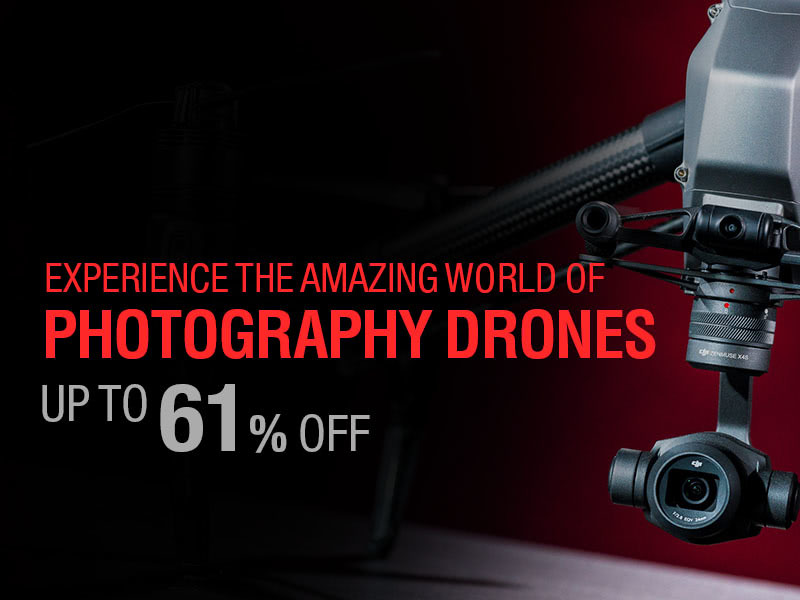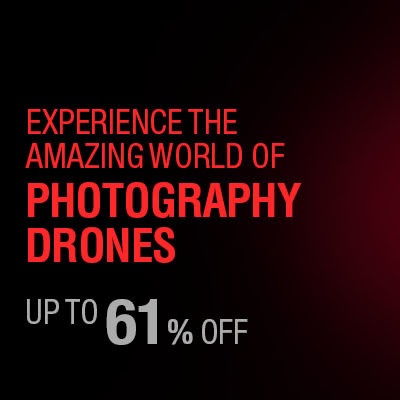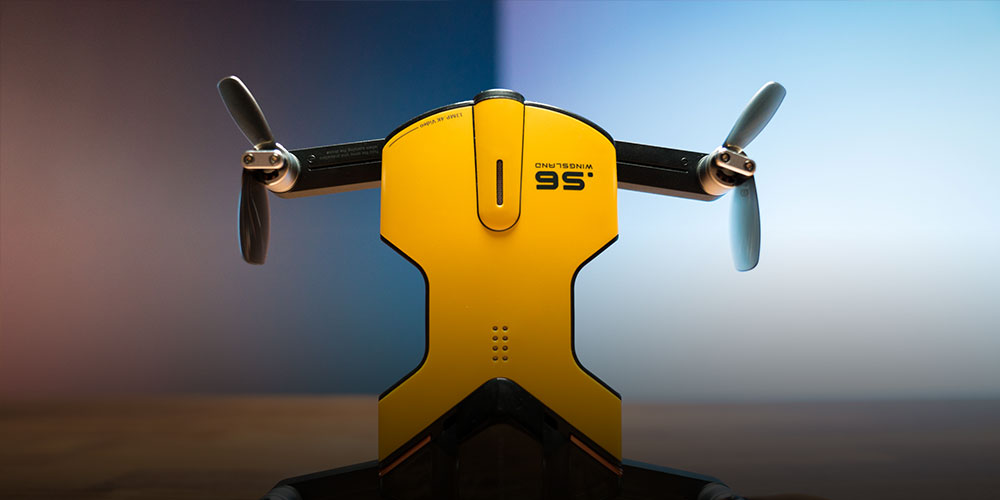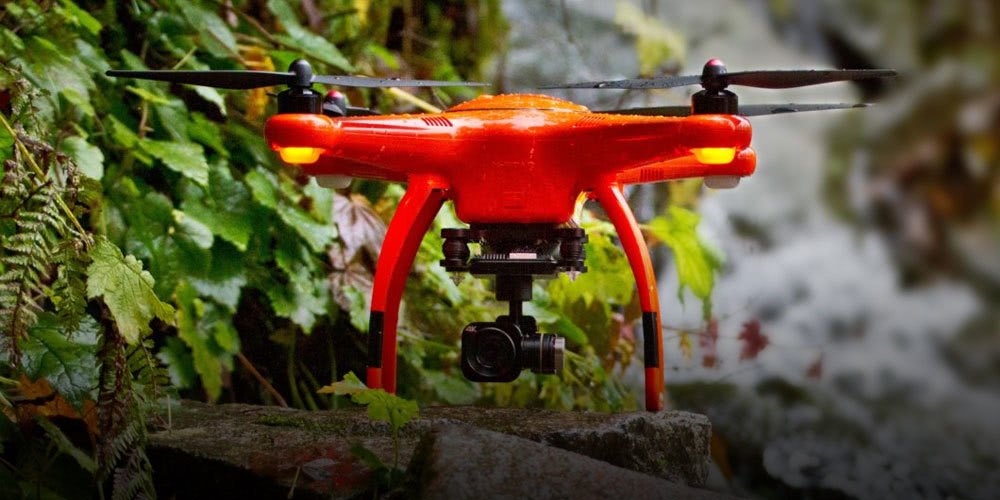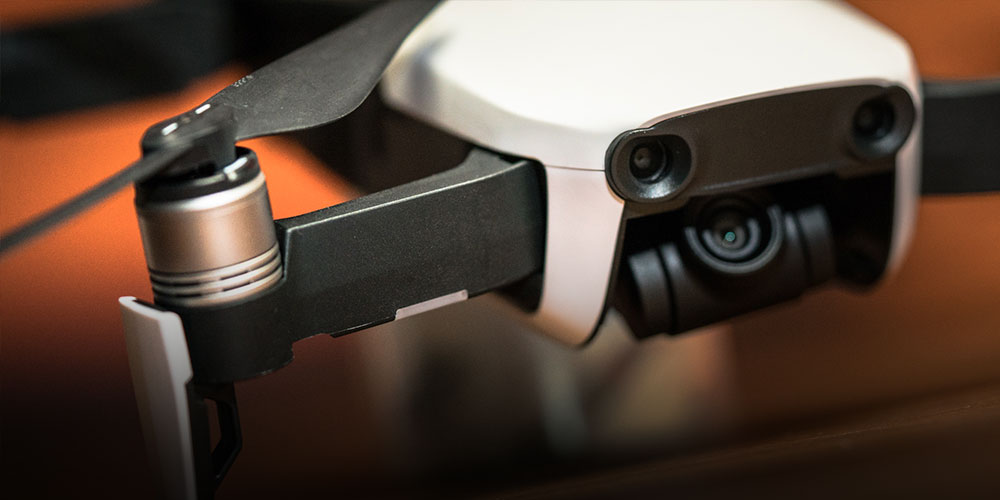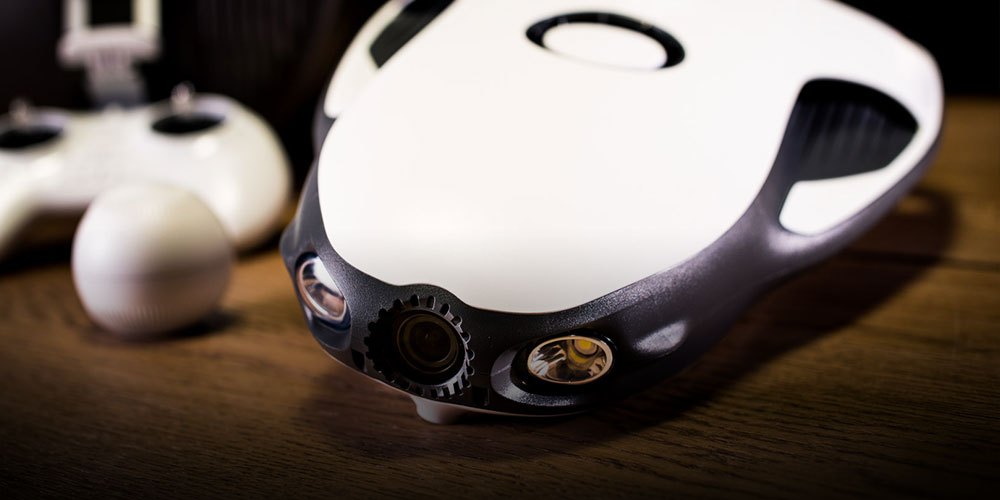Tips & Reviews
Is the DJI Mavic Air the Best Drone Yet?
Editor-Tested10 Things New Drone Pilots Should Never, Ever Do
Read ReviewThe Underwater Drone You Always Wanted Exists, and It Goes Fishing
Editor-TestedRe-Thinking Collapsible Drones: GDU Byrd Premium 2.0
Read MoreEntry Level
Drone photography is a very unique hobby, blending the best of photography and RC flight. Taking the first step into the hobby can be daunting, but entry-level photography drones are often quite affordable and user-friendly. A first photography drone should have a respectable camera of at least 1080p, photo adjustment settings like exposure, ISO, shutter speed, and GPS positioning for stable flight. A range of at minimum 100 meters is another key feature of any photography drone.
Intermediate
For pilots who are already warmed up to drone photography, the bar is set a little higher for appropriate equipment. While 1080p is still acceptable, 4K is much better, however frame rate should be taken into consideration. Greater battery capacity, transmission distance, and higher quality construction are hallmarks of the intermediate photo drones. App interfaces and camera setting options are more robust with these quadcopters, and most have intelligent flight features to help with filming.
Advanced
The top end of the spectrum, advanced photography drones are for prosumers and professional cinematic production quality. All quadcopters in this tier have at least 4K recording with higher frame rates, and some even top 5.2K resolution. Flight time for these drones is extended to the top end of drone capabilities, and some have modular cameras or even options for mounting DSLRs. All advanced aerial photography drones have mechanical gimbals for ultimate stabilization and smooth footage, and some underwater drones can be used to aid in fish-finding and underwater exploration.

